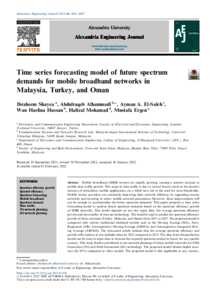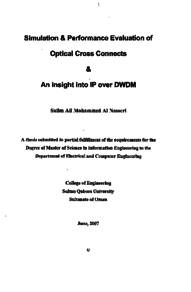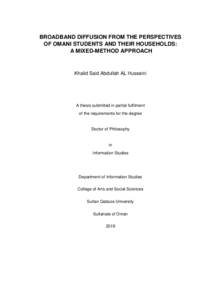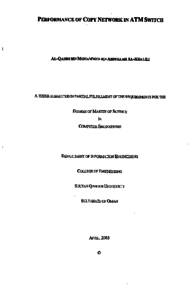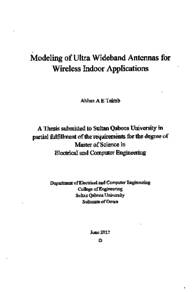Document
Time series forecasting model of future spectrum demands for mobile broadband networks in Malaysia, Turkey, and Oman.
Identifier
DOI: 10.1016/j.aej.2022.01.036
Source
Alexandria Engineering Journal. v. 61, 10, p. 8051-8067
Contributors
Alhammadi, Abdulraqeb., Abridger
El-Saleh, Ayman A. , Author
Hassan, Wan Haslina., Author
Mohamad, Hafizal., Author
Ergen, Mustafa., Author
Country
Netherlands.
City
Amsterdam
Publisher
Elsevier B.V.
Gregorian
2022-10-01
Language
English
Subject
English abstract
Mobile broadband (MBB) services are rapidly growing, causing a massive increase in mobile data traffic growth. This surge in data traffic is due to several factors (such as the massive increase of subscribers, mobile applications, etc.) which have led to the need for more bandwidth. Mobile service providers are constantly improving their network efficiency by upgrading current networks and investing in newer mobile network generations. However, these improvements will not be enough to accommodate the future spectrum demands. This paper proposes a time series forecasting model to analyze future spectrum demands based on the spectrum efficiency growth of MBB networks. This model depends on two key input data: the average spectrum efficiency per site and the number of sites per technology. The model is used to predict the spectrum efficiency growth of three countries (Turkey, Malaysia, and Oman) from 2015 to 2025. The proposed model is compared with various traditional statistical models such as the Moving Average (MA), Auto-Regression (AR), Autoregressive–Moving-Average (ARMA), and Autoregressive Integrated Moving Average (ARIMA). The forecasted results indicate that the average spectrum efficiency and growth will continue to rise multiple times by 2025 compared to 2015. The data from this prediction model can be used as input data to forecast the required spectrum needed in future for any specific country. This study further contributes to the network planning of future mobile networks for Fifth Generation (5G) and Sixth Generation (6G) technology. The proposed model obtains higher accuracy (by 90%) compared to other models. The proposed model is also applicable to any country, especially when new wireless communication technologies emerge in future. It is customizable and scalable since spectrum regulators can add additional metrics that positively contribute towards accurately estimating future spectrum efficiency growth.
ISSN
1110-0168
Category
Journal articles

